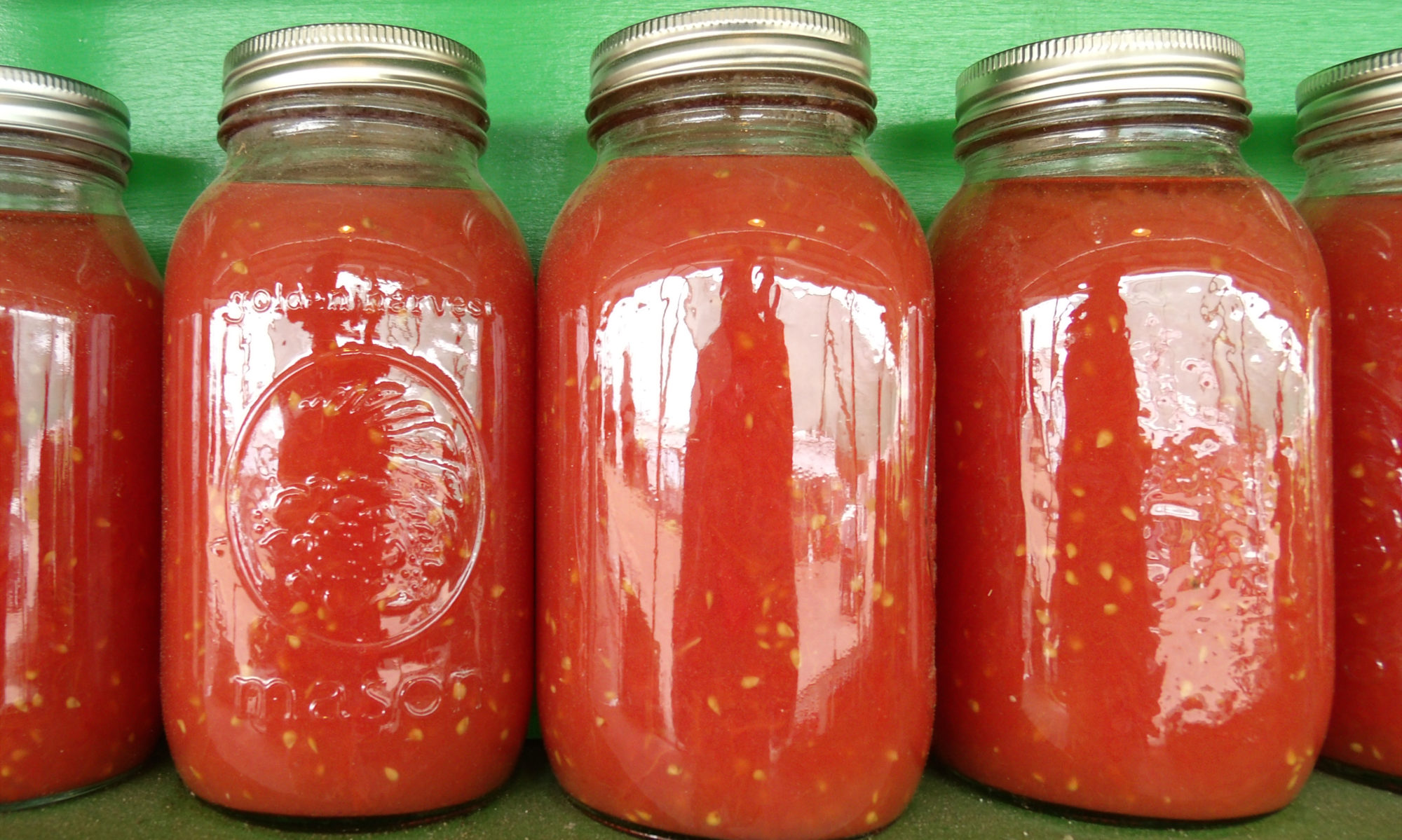It’s hard to imagine the redfish that currently swim in bountiful numbers among our coastal waters going the way of the dodo and the mastodon, but it almost did, and it wasn’t seafaring Neanderthals with primitive Shimanos that nearly caused their extinction.
It was Paul Prudhomme.
Prudhomme created a recipe that was so obnoxious and novel with over-the-top flavors and clouds of noxious smoke that it had to be cooked outside. But for all that, blackened redfish became so popular that redfish was actually threatened with extinction, and the federal government was forced to step in and invoke catch limits before we could make a salad to accompany the very last of its kind.
But be at ease. This prized game fish is back and has been back. In fact, the local anglers in Destin, Florida call the huge “bull reds” a nuisance fish. I myself saw tens of thousands of them attacking bait fish in one football field-sized school near Ship Island, off the coast of Mississippi .
Folks who don’t saltwater fish only assume that an angler like me would surely target a redfish to throw on ice, but to their dismay I tell them I don’t fish them intentionally for the table. There are a couple good reasons for this: when you clean a redfish, the filet yield seems oddly low for such a large fish to be culled, and secondly it’s about as easy to clean a redfish as it is to filet an armadillo.
But as all starving anglers do we develop a plan: Instead of filleting the meat clean off the fish why don’t we just cut off one side of the red’s body, lay it scales down over a charcoal grill, drench the meat side with garlic butter and slam the lid till it’s done?
This technique accomplishes a couple of things and one by default. First, it ensures all the fresh fish meat is fully eaten. Secondly, you don’t wind up in the ER getting stitches fooling around trying to fillet an armadillo and by default this recipe is far more delicious than blackened redfish simply because it’s about the fresh fish and not spices.
The dicta of “Gulf to ice to knife to fire to plate” for this recipe in particular has anxious dinner guests staring in amazement at the cooking process. Redfish on the half shell, as this technique is called, is the best way in my opinion to pay homage to this beautiful bronze resident in our coastal waters. Next time you have a chance to eat fresh redfish, try this particular preparation.
Heat your gas grill or charcoal grill to a medium high heat. In a saucepan heat a stick of butter, juice of a lemon, minced garlic and Tony Chachere’s to taste for a drenching baste.
Grease the grill a bit; lay on the redfish halves scales down and apply your drench liberally. Close the lid, but reapply the drench a couple of times in the cooking process. Remove when the meat is firm to the touch, add more fresh lemon and serve immediately.
David and Kim Odom are anglers par excellance along the Mississippi Gulf Coast.


